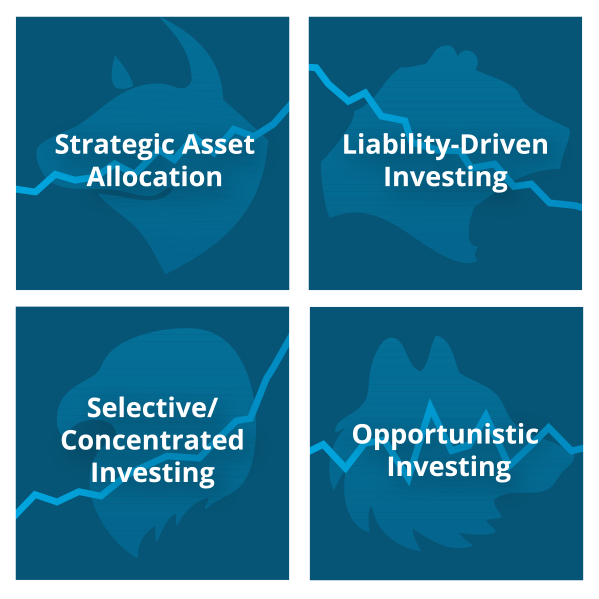
The saying goes that “the best way to gain money is to avoid losing it.” It is also said that “nothing is certain in life except death and taxes.” If there is truth to either of the above kernels of wisdom, a logical conclusion is that the most assured way to avoid losing money is to minimize, defer, and eliminate taxation to the greatest extent possible. This article begins a 3- part article series that will briefly outline some of the most common and effective means of limiting the over-taxation of the individual investor’s portfolio. The techniques described here will be most beneficially applied if diligently overseen and executed through a competent financial planner and portfolio manager.
Tax Deduction and Deferral
The IRS allows for tax deductions of contributions made to certain types of accounts in the year in which they are made. Most of these accounts are commonly known as “Qualified” plans or assets. Some examples are the 401(k), Traditional IRA, Defined Benefit Pension Plan, SEP IRA, etc. Non-qualified deferred annuities may also be used for the purposes of tax deferral (though not necessarily for tax deductions). Once money is invested under the provisions of one of these plans, the growth in value of the assets over time is free from taxation until the time at which it is distributed from the plan (which is typically not allowed until age 59 1⁄2 without a 10% federal tax penalty). The money may be invested in virtually any series of marketable securities that the investor wishes, as long as it is contained within the plan wrapper (although this may be subject to any limitations imposed by a plan provider). This results in more money working for the investor over a longer time period than would be possible in a currently taxable account, ultimately resulting in a greater future income or lump sum to be received. This most basic technique of investment planning is usually appropriate only for assets that are earmarked for use in retirement.
Tax Elimination
Within the tax code, there are limited instances in which investors may choose to pay their taxes now, and never pay taxes on the same set of assets again. Two of the most widely used accounts of this type are the Roth IRA and the 529 College Savings Plan. Although the contributions that one may make to these accounts may be limited by the income level of the investor and the amount that may be invested each year, if the assets are earmarked for specific purposes (Retirement for a Roth IRA and qualified educational expenses for the 529 Plan), the assets will grow tax free and may be withdrawn tax free at the permitted time. This technique is especially useful for investors that are currently in a lower tax bracket than they expect to be at the time of withdrawal of the assets. A similar methodology may be utilized when accumulating assets through the cash value of a dividend paying life insurance policy, such as Whole Life. While not considered an “investment” from a regulatory standpoint, a portion of premiums contributed to a whole life insurance policy can produce dividends* over time and will grow on a tax deferred basis. The policy owner may take “policy loans”** from the cash value to be used for any purpose, and the loans will remain tax free provided that the policy remains in- force. However, if the policy lapses or is discontinued, the portion of cash value attributed to gains becomes taxable as ordinary income.
To be continued tomorrow...
*Dividends are not guaranteed, any may be declared annually by a company’s Board of Directors.
**Policy benefits are reduced by a loan, loan interest and/or withdrawals. Dividends, if any, are affected by policy loans and loan interest.







Leave a Comment